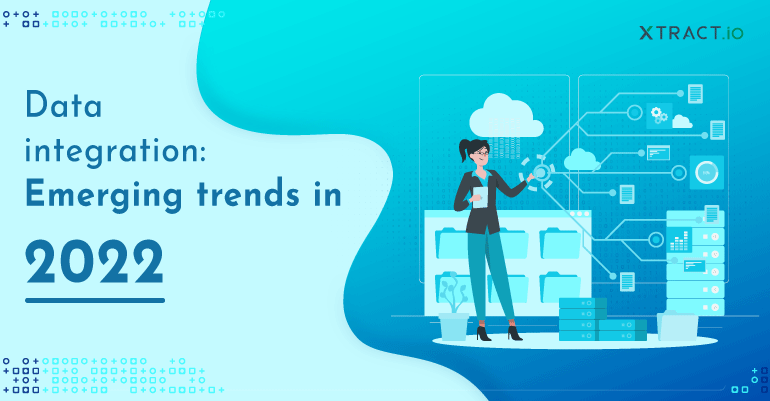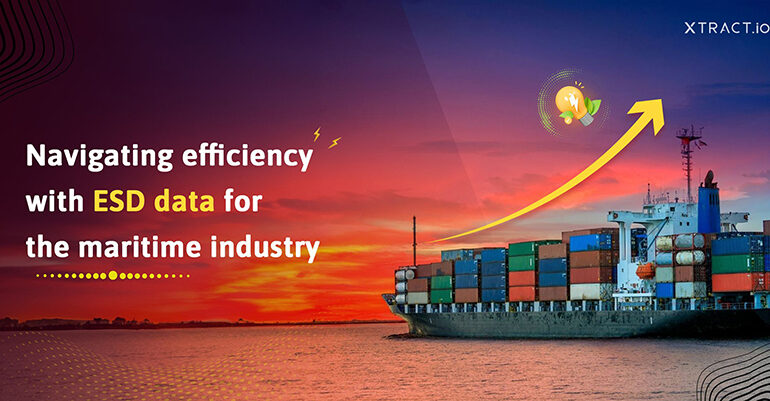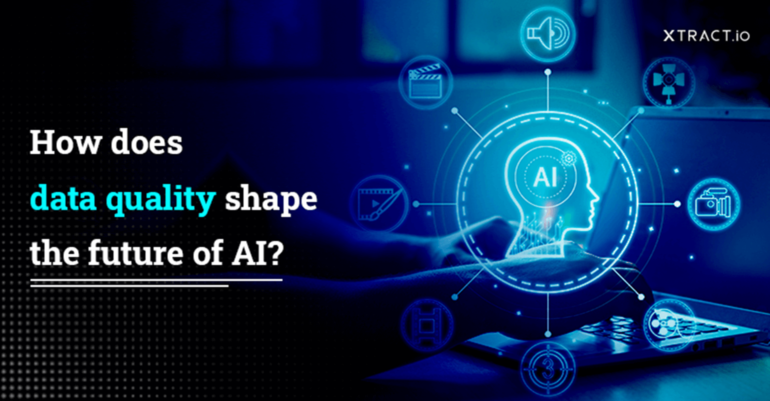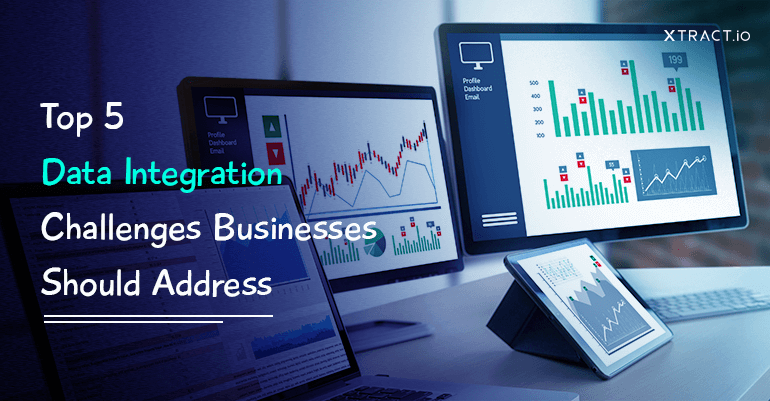Data is ruling almost all industries and its prominence is only growing with time. Every business decision is underpinned by solid data and analysis to ensure promising returns. Today’s businesses rely on data integration to provide a uniform, accurate picture of all enterprise data. The data integration process is critical when building a data infrastructure since it ensures that you have the access to the right data at the right time.
What is data integration?
Data integration is the process of gathering data from disparate sources into a central repository for easy access throughout the organization. The data integration process helps organizations to streamline the data collection process which saves both time and effort of an organization. It ensures seamless data transfer across various departments in an organization to ensure 360-degree visibility of data. The technological advancements in the data integration market are bringing innovative practices to make it more user-friendly. Let us take a look at the top 3 emerging data integration trends that will replace traditional data integration approaches in the future.
1. Real-time data integration
The collection and transfer of information from one system to another in real-time is known as real-time data integration. Using change data capture(CDC) and data transformation in real-time, data can be gathered, transformed, and delivered in a fraction of seconds. Change Data Capture is a technical capability for identifying changes in the database. However, the data must be structured into a single desired client format, which is where real-time data transformation comes in to support real-time data integration. Real-time data integration builds the foundation of real-time analytics by ensuring prompt delivery of quality data across multiple departments of an organization. Enterprise data integration enables organizations to enable real-time business intelligence for quick decision-making.
Real-time data integration has numerous use cases across industries. For example, when you book a vacation stay or a movie ticket online, the reservation system’s database is updated in real-time to prevent other people from reserving the same space. Real-time data integration can also be utilized in the aviation industry to prevent flight delays and notify passengers of any flight cancellations.
2. Hybrid data integration
Gartner estimates that by 2022, at least 65 percent of big companies will have deployed a hybrid integration platform to accelerate their digital transformation. A hybrid enterprise data integration platform emerged as the result of the growing need for a decentralized data management system. Hybrid data integration is the process of unifying both on-premise and cloud platforms for the data integration process. A hybrid data integration platform enables seamless integration of data and applications across on-premise and cloud infrastructures. With the growing adoption of cloud, IoT, and mobile applications, a hybrid platform is inevitable for every organization to thrive in a competitive market.
For instance, if you are in the healthcare industry and have an on-premise data infrastructure while your partnering drug manufacturer is using cloud platforms to store the data, traditional data integration methods cannot fulfill the needs of both stakeholders. Here a hybrid data integration process will help you integrate both your on-premise and your partner’s cloud platforms without disturbing both the partner’s data infrastructure.
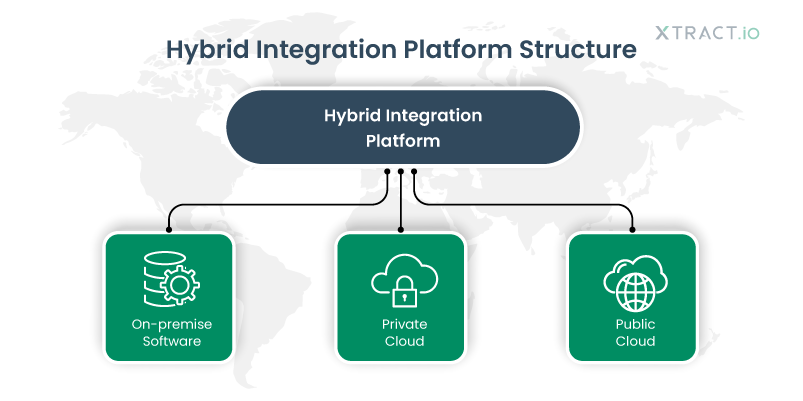
3. AI and ML enabled data integration
In the wake of cyber threats and network vulnerabilities, secure data processing and storage have become critical for all businesses. Artificial intelligence and machine learning are helping organizations to store vast volumes of data in a secure manner. Organizations are shifting away from conventional Extract, Transform and Load practices and adopting artificial intelligence and machine learning in order to capture the true potential of data. The involvement of AI in data integration is making the process more reliable with quality and updated data inputs.
Artificial intelligence is transforming the enterprise data integration process to adhere to the changing demands of a business landscape. These solutions have revolutionized data integration by eliminating manual efforts and introducing higher levels of accuracy.
How AI is enriching the data integration process?
Data mapping- Data mapping is the process of connecting one data point to its related data sets for pattern recognition. Using AI, organizations can map data faster for insights generation and decision-making. Machine learning is used by businesses to anticipate data mapping and classify data points into the datasets they belong to. The involvement of AI and ML enhances the accuracy and speed of the data mapping process.
Autonomous learning– An ML-based data integration process induces autonomous learning capability to identify patterns and trends in the data stored. Here, statistical modeling can be used to provide actionable insights from the large bulk of data without manual intervention.
Big data processing– Leveraging machine learning, organizations can store, process, and analyze data at scale in a fraction of seconds. Traditional data integration solutions need more time and manual work in the data processing process, which causes the entire business function to be disrupted. With the involvement of ML, unstructured and inconsistent data is formatted into desirable formats with speed and accuracy.
Data integration will witness more user-friendly approaches in the coming months, because of the dependence of businesses on data analytics and business intelligence. Data integration is an inevitable part of the digital transformation journey of every organization. Onboard now with the most recent data integration methods to stay ahead of your competition.
At Xtract.io, we provide the most recent data integration method to ensure the quality of your business decisions. Talk to our data experts to build your own centralized database to make data-driven decisions.


